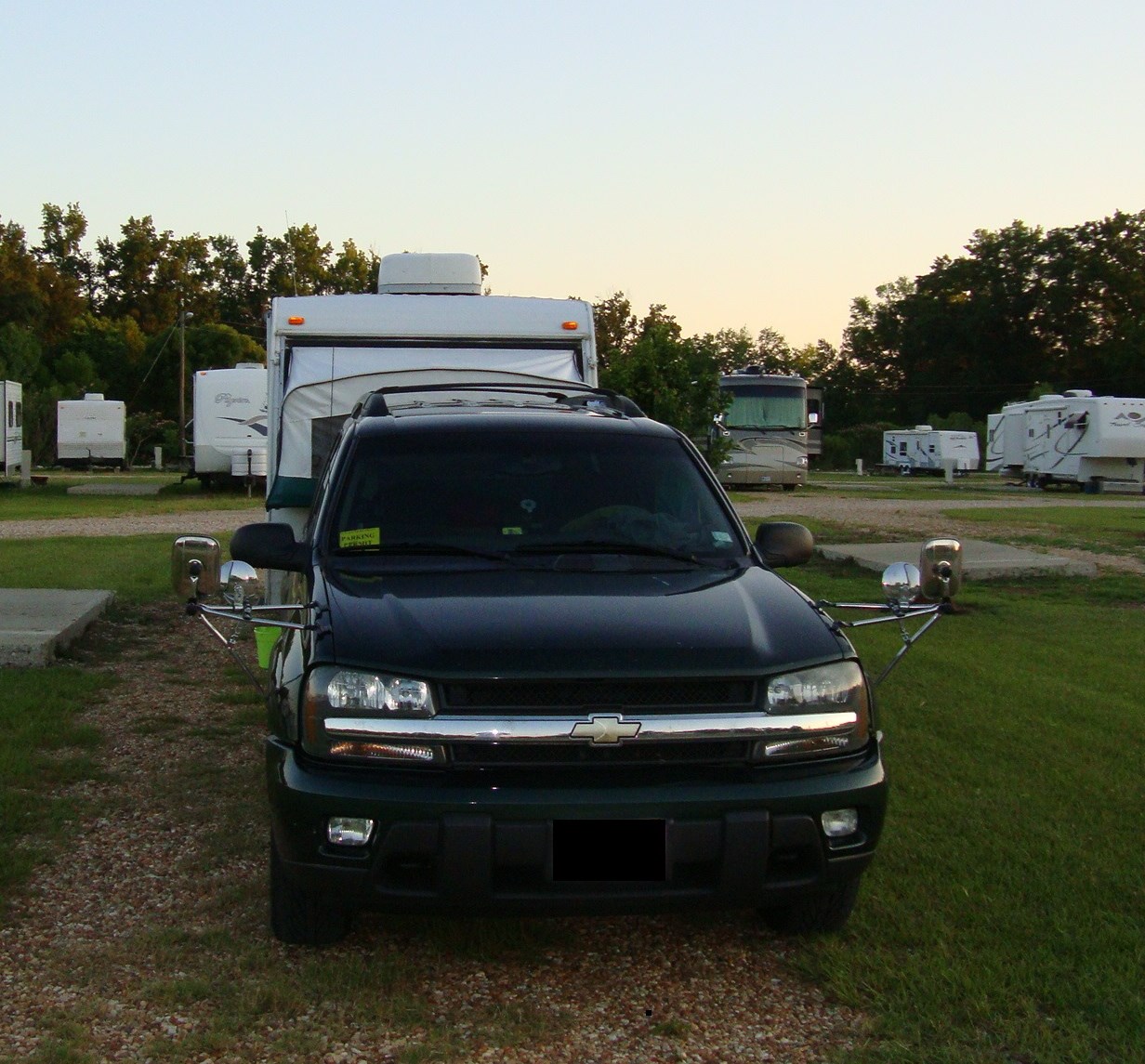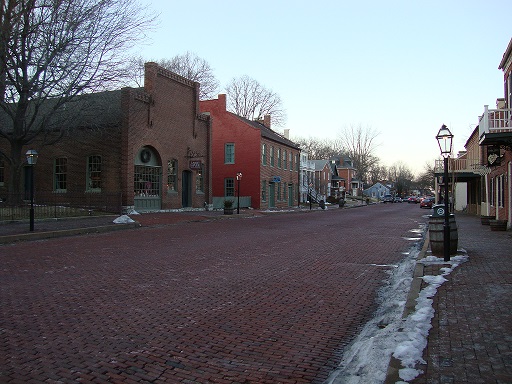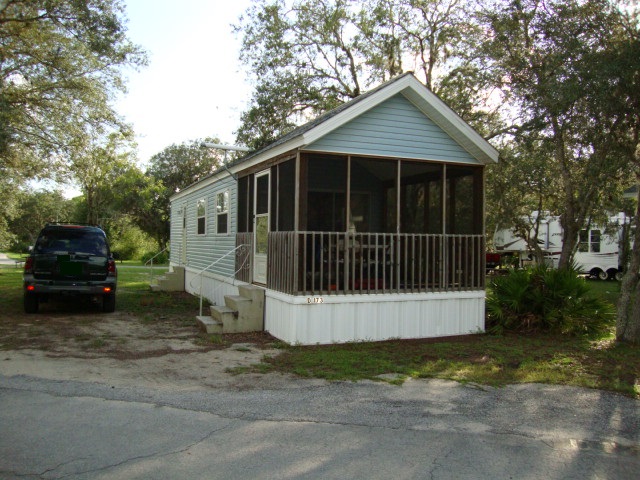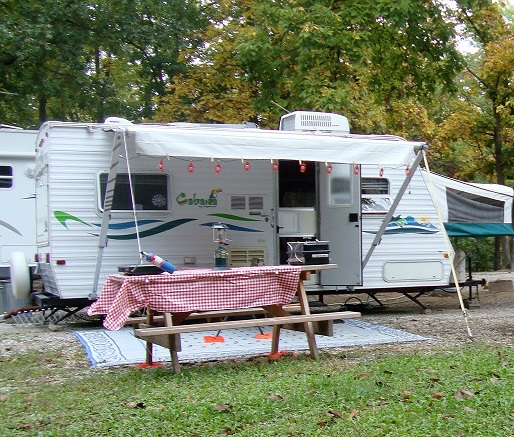RV History from 1910-1920
RV History from 1910-1920 was a decade that saw a boom in the RV industry.
During this period, the house car was more prevalent than camping trailers. The automobile became available to the common person in 1908, thanks to Henry Ford and his Model T.
The road system was beginning to evolve and improve, making travel for pleasure much easier and safer than the previous decade. For the first time in history, people could travel greater distances in shorter times and they embraced this new found freedom with all the zeal of a bird released from a cage.
Many home made conversions took place during this time. Car bodies were easily removed from their frames and camping bodies would be built in their place. Ford and other manufactures capitalized on this trend and began manufacturing and marketing camper conversion kits.
Most of these bodies were built from wood and canvas and could be setup as a tent on wheels. They often included a sink, small propane stove, ice box, and toilet.
Commercial production of house cars and camping trailers also took place during this decade and that is what we will focus on the rest of this page.
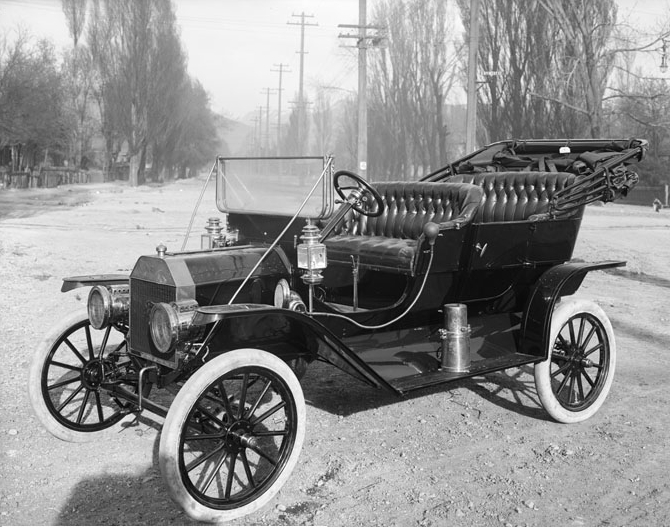 1910 Ford Model T Courtesy Wikipedia
1910 Ford Model T Courtesy WikipediaRV History from 1910-1920:
A New Industry Grows Up
All industry historians point to 1910 as the start of the RV industry, which celebrated it's centennial in 2010.
The RV is believed to have been unveiled around March of 1910,
when Pierce Arrow showed it's Touring Landau at Madison Square
Garden. It was, and still is, considered to be the first motorized and
commercially produced camper ever built and is considered to be the precursor to today's class B motorhome. It was built to order and cost $8,250.
The car featured a roof rack and a boot at the rear of the car that, combined, were capable of holding five suitcases. There was a sink with pressurized water and many storage compartments on board. It also featured a toilet and a fold down bed, which doubled as the rear seat.
Packard built the first true class A motorhome in 1910 on a three ton chassis. It had room for 11 people to sleep comfortably. It also had an ice box, toilet and vanity area. The Packard motorhome was 28 feet long and 6-1/2 feet wide.
RV History from 1910-1920 Was Also A Big Decade For Non Motorized Campers...
Los Angeles Trailer Works and Auto-Kamp began producing tent campers in 1910. These trailers consisted of a box that housed a tent that was erected over it. The box doubled as a bed and had storage a compartment between the deck and bottom of the trailer.
In 1913 the Earl Travel Trailer rolled off the assembly line. This is believed to be the first non tent trailer ever produced and the predecessor of today's modern travel trailer. The only known surviving Earl is on permanent display at the RV/MH Hall of Fame in Elkhart, IN.
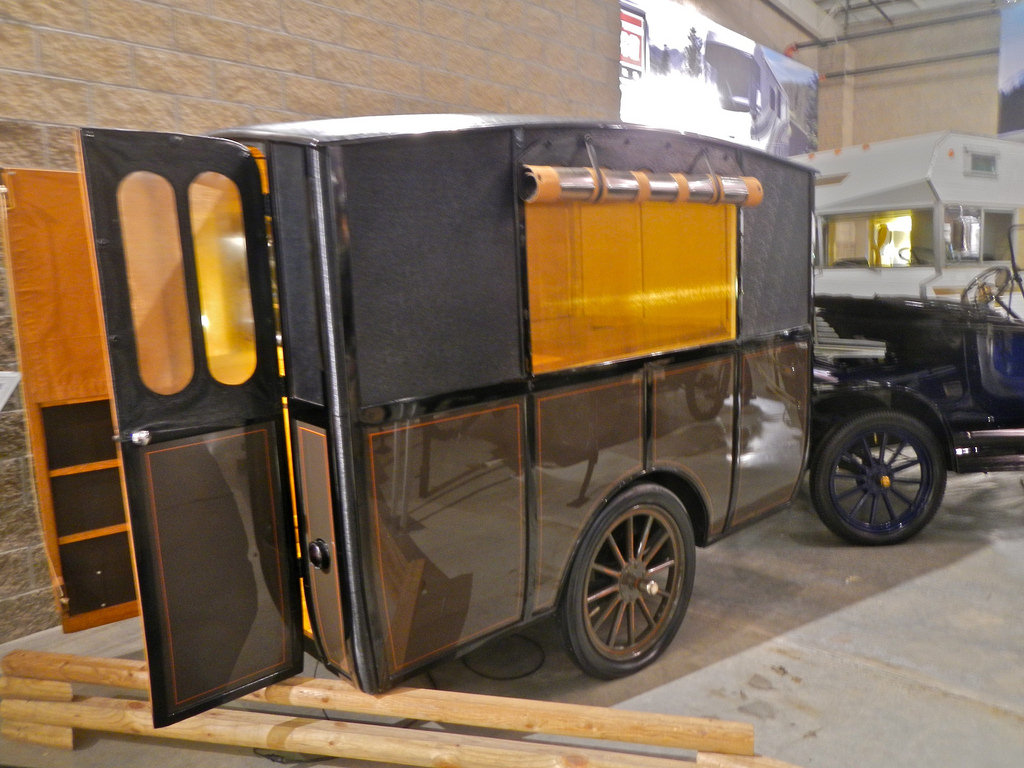 1913 Earl Travel Trailer Courtesy Flickr
1913 Earl Travel Trailer Courtesy Flickr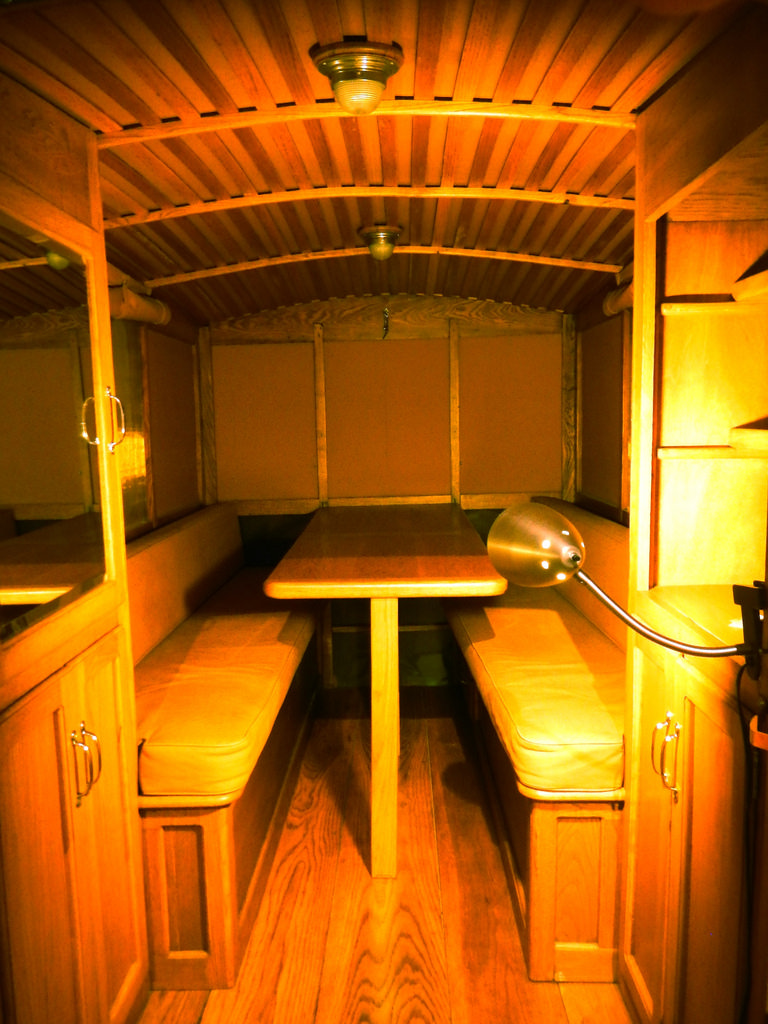 Interior-Earl Travel Trailer Courtesy Flickr
Interior-Earl Travel Trailer Courtesy FlickrRV History:
Inventions, Re-purposing, & Improvements
As this decade progressed, the fledgling RV industry found it's self growing in ways many could have never imagined.
Fruehauf Semi Trailer founder August Fruehauf invented the fifth wheel hitching system in 1915. Aviator and inventor Glenn Curtiss used Fruehauff's invention in his Motor Bungalow, the first fifth wheel travel trailer in 1917.
The Motor Bungalow was made with a spruce frame covered by plywood with canvas tilt out bunks. It was redesigned and renamed the Curtiss Aerocar Land Yacht in 1928.
Also in 1915, the Conklin Bus Company built the Gypsy Van to travel from New York to the World Exposition in San Francisco. It was 25 feet long and weighed 8 tons, which was huge for that era. The drive train consisted of a 60 horsepower six cylinder engine, 9 forward, and 3 reverse gears. The interior was inspired by the English Manor home style.
The road system between 1910-1920 were mostly dirt and could not handle the weight of the new automobiles. Travelers were getting stuck on a daily basis and were demanding better and safer roads.
By the end of the decade most roads were being converted to asphalt. Feeling the financial pressure, Oregon imposed the nations first fuel tax to fund improvements on their state's highway system.
Another improvement came in the form of heavier and more durable pneumatic tires, about the same time. Previous tires had very short tread time and a traveler could anticipate at least one tire blowing out on a trip.
Summing It All Up...
RV History from 1910-1920 was a decade of firsts, growth and development for our country. Many of the improvements we take for granted today in our cars, RVs, and road systems, were as a result of people with the vision to create something that would not only benefit themselves, but others down the road.
RV History from 1910-1920 was a decade to remember and thank the veterans of that age error for having a vision. Because of them, we have the system built for today.
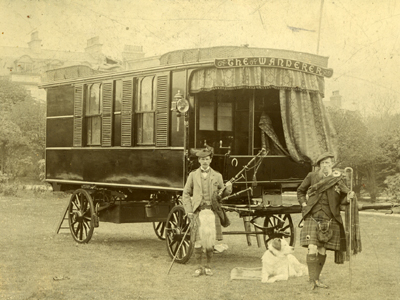 Courtesy of Wikipedia
Courtesy of WikipediaWritten by: Scott
Exploring Travel Trailers> RV History> RV History from 1910-1920



